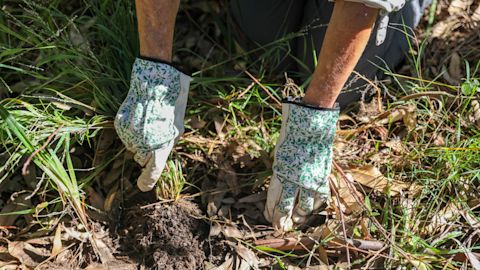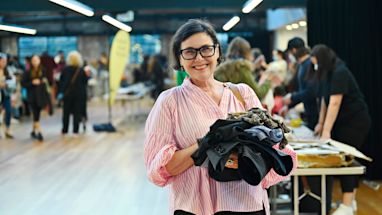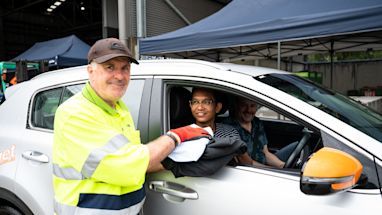We’re calling for more volunteers to join our bush restoration program, but what exactly is it and how can you get involved?
How does bush restoration in the city work?
Members of our community come together to restore bushland from an often-degraded state to a more natural, healthy state. They use bush regeneration practices, which are things like the slow progressive technique of removing weeds, encouraging the spread of native plants and the recreation of habitat, to try and regenerate areas of urban bushland.
We manage 9 core sites, have a total of 13 hectares of bush we’re actively restoring and more than 80 volunteers in 3 active bushcare groups. We hope to develop 3 additional groups at the Nurses Memorial Garden in Camperdown, Sydney Park and the Johnstons Creek area, Glebe.
No experience, no problem!
Our bushcare groups provide hands-on training to new volunteers, so experience isn’t necessary. There’s an experienced bush regenerator who oversees every meet-up and helps volunteers identify native plants and weeds as well as guiding their restoration techniques. How to identify plants, being able to differentiate between a weed and a native, and how to encourage the spread of indigenous plants are all skills you’ll learn when joining a bushcare group.

What’s it like?
Volunteer Judy Christie has been involved with inner-city bush restoration groups for more than 25 years. She said being part of the community, the social aspect and feeling like you’re making a real difference to the biodiversity of your local area are some of the key benefits to getting involved. It’s a chance to meet others who share the same values around conservation as well as a good opportunity to get physically active. The nature of bush gardening means you’ll get a bit of a workout in the ‘green gym’. She urges anyone who’s interested to come to a session and see how it works.
How long do people need to volunteer for?
Even if you’re short on time, you can still join in. The groups usually get together for a couple of hours every month and there’s no obligation to come each time. Ideally at least 5 to 10 people from a pool of 20 volunteers will attend a monthly meet-up.



